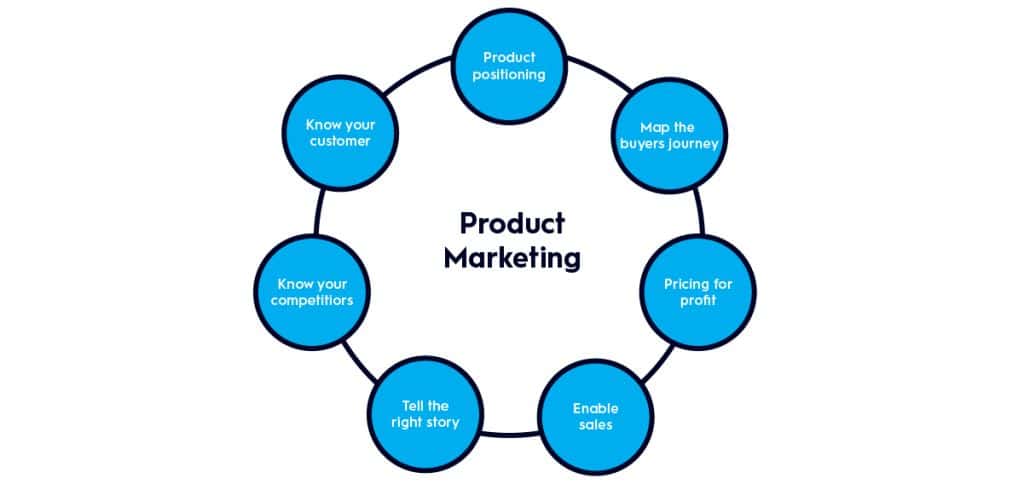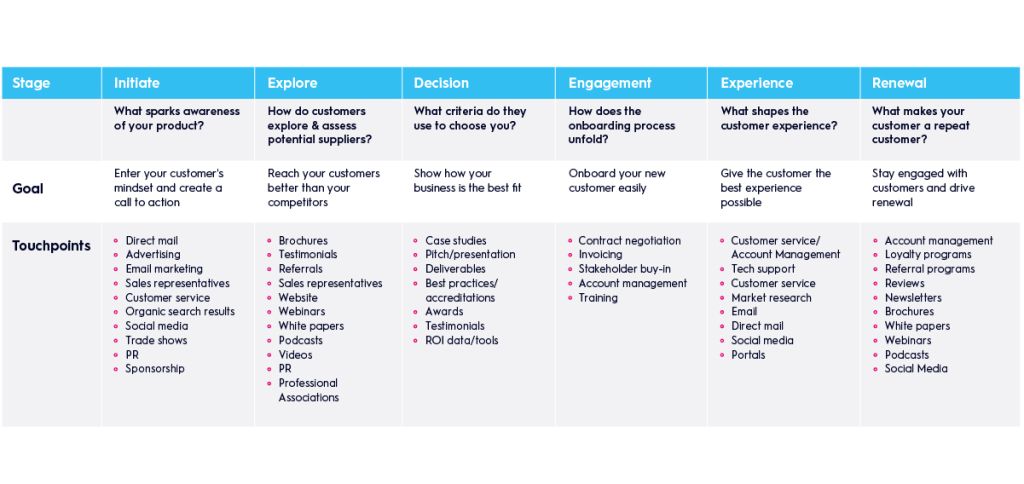In the ever-evolving landscape of product marketing, approaches can be as diverse as the range of products available. However, regardless of the industry or specific product, strong product marketing fundamentals serve as the bedrock for a successful strategy, ultimately boosting sales and driving revenue growth.
2023 Product Marketing Fundamentals
Which product marketing fundamentals should every product marketer be familiar with? Discover the 7 essential pillars of product marketing for SMEs.

1. Know your target market
Conduct thorough research
It’s crucial to keep your target market segments and buyers in mind at all times. Having a deep understanding of your audience’s pain points, frustrations, and motivations is vital for product development, marketing, and sales. Investing in informal research using your own networks, as well as engaging third-party services to assist with qualitative and quantitative research can provide you with invaluable insights that support your product marketing strategy.
2. Product positioning
Position for sales success
Product positioning doesn’t just apply to new products. Periodical reviews of your product portfolio and positioning keep your portfolio relevant. When determining the position of a product, ask yourself:
- Does your product suit today’s market?
- How does your product differ from your competitors?
- Is there a way to further differentiate this product?
- Are there any discontinued products that we wouldn’t market again? If so, why not?
3. Pricing for profit
Choose the right pricing strategy
The pricing strategy you choose can significantly impact customer decisions when it comes to purchasing your products. Finding the optimal pricing strategy for your business involves considering multiple factors, such as:
- Competitive environment
- Variable costs
- Consumer demand
- Brand perception
- Product quality
- Market dynamics
- Manufacturing expenses
These factors play a crucial role in determining the right pricing approach that aligns with your business goals and market conditions.
4. Map the buyer’s journey
How are your customers buying your product?
To effectively map the buyer’s journey, it is essential to develop relevant buyer personas and outline the step-by-step process they undergo when making a purchase. A quick online search will yield numerous examples of buyer’s journeys and sales funnels. In the realm of B2B product marketing, the following model is widely embraced:

5. Know your competitors
Outpace your competition
Engage in proactive collection and analysis of competitor information regularly. For B2B sales, a crucial aspect of competitor analysis involves capturing and analysing the factors that contribute to both successful and unsuccessful sales outcomes.
6. Tell the right story
Messaging for impact
Creating, managing, and executing your product
marketing strategy is about telling the right story to the right audience. Using your research on your target audience, their pain points, and their purchasing behaviour, will help you craft a story that leads to sales.
7. Support sales
Marketing and sales alignment
Achieve alignment across marketing, customer service, and sales teams by providing the necessary training and resources. This synergy enhances conversion rates and facilitates the seamless progression of leads throughout the buyer’s journey.
Viabrand® is an experienced Brisbane marketing team and branding agency that can help develop and execute agile marketing plans. Book a complimentary, no-obligation 30-minute call to learn more: https://calendly.com/viabrand/30min
